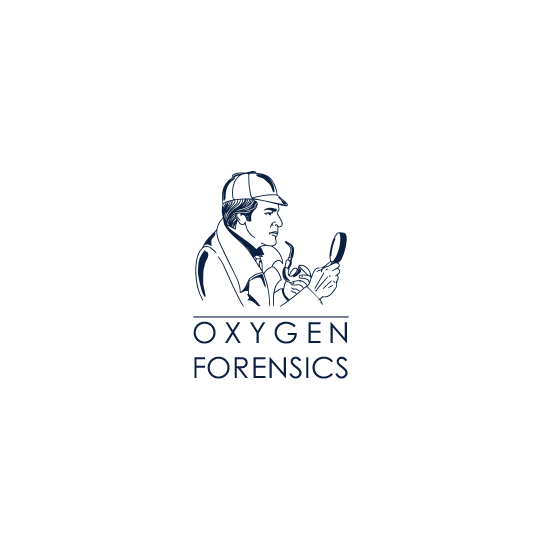

It also evaluates the validity and danger of written threats. It performs linguistic analysis of documents to determine authorship. The laboratory's Document Section examines paper documents, ink, shoe and tire tread designs, and other forms of evidence related to a wide variety of crimes, including forgery and Money Laundering. The laboratory is divided into several major departments: the Document Section, Scientific Analysis Section, Special Projects Section, Latent Fingerprint Section, and Forensic Science Research and Training Center.

OXYGEN FORENSICS DETECTIVE FREE
Edgar Hoover FBI Building, in Washington, D.C., the laboratory provides a wide range of free forensic services to U.S. Since its establishment in 1932, the FBI Laboratory has been a world leader in the scientific analysis of physical evidence related to crime. Forensic Science in the Federal Bureau of Investigation The cause of death or injury is considered in settling insurance claims or Medical Malpractice suits, and blood tests often contribute to a court's decision in cases attempting to determine the Paternity of a child. Forensic odontologists, or dentists, analyze dental evidence to identify human remains and the origin of bite marks.įorensic medicine is often used in civil cases. Forensic toxicologists, who study the presence of poisons or drugs in the deceased, often help forensic pathologists. Areas of medicine that are commonly involved in forensic medicine are anatomy, pathology, and psychiatry.Many law enforcement agencies employ a forensic pathologist, sometimes called a medical examiner, who determines the causes of sudden or unexpected death. Also called legal medicine or medical Jurisprudence, it applies medical knowledge to criminal and Civil Law. Forensic Medicine and Psychologyįorensic medicine is one of the largest and most important areas of forensic science. Because nearly every area of science has a potential bearing on the law, the list of areas within forensic science is long. As the field of science expanded in scope throughout the twentieth century, its application to legal issues became more and more common. Modern forensic science originated in the late nineteenth century, when European criminal investigators began to use fingerprinting and other identification techniques to solve crimes. The largest of these labs is run by the Federal Bureau of Investigation.įorensic scientists often present Expert Testimony to courts, as in the case of pathologists who testify on causes of death and engineers who testify on causes of damage from equipment failure, fires, or explosions. Many law enforcement agencies operate crime labs that perform scientific studies of evidence. This includes the analysis of many kinds of materials, including blood, fibers, bullets, and fingerprints. The related term criminalistics refers more specifically to the scientific collection and analysis of physical evidence in criminal cases.

Sometimes called simply forensics, forensic science encompasses many different fields of science, including anthropology, biology, chemistry, engineering, genetics, medicine, pathology, phonetics, psychiatry, and toxicology. The application of scientific knowledge and methodology to legal problems and criminal investigations.


 0 kommentar(er)
0 kommentar(er)
